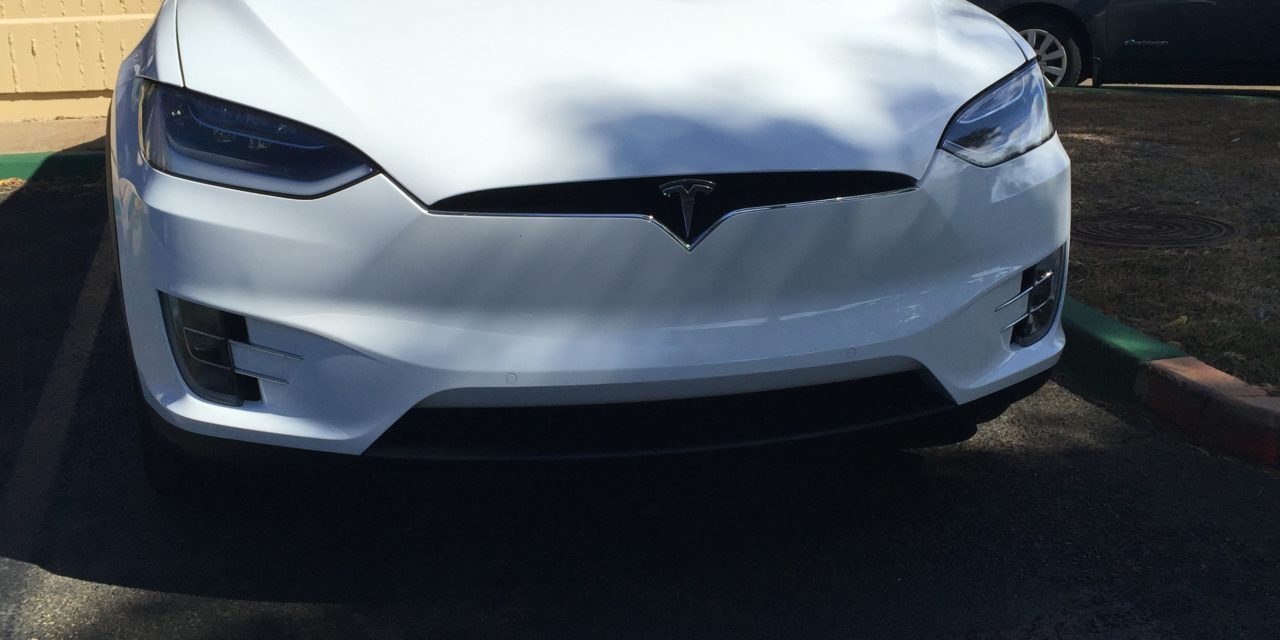BY CHRIS TAKAHASHI | STAFF WRITER
We were travelling about 65 mph on a freeway in Los Angeles when my dad took his hands off the steering wheel. His attention turned to the touch screen to program a podcast and his eyes seemed fixated on the screen. Meanwhile, I scanned the horizon and sat uncomfortably still.
Moments earlier, my dad assured me that the autopilot feature of his 2016 Honda Civic would reliably keep our car in the lane and maintain a safe distance from the car ahead. His newly redesigned Civic, in addition to a handful of other cars on the market, features an autopilot mode that can classify the car as highly automated to a certain degree, but the car is not quite self-driving.
However, it is almost certain that our generation will experience self-driving cars in this lifetime.
It will be a paradigm shift when self-driving cars do become the norm, and we will question why we didn’t pursue the technology earlier. Safety will be among the most notable benefits, but there will be many others.
As a backdrop, consider this oft-cited statistic from the National Highway Traffic Safety Administration (NHTSA): In 2015, more than 35,000 Americans died in car accidents of which 94 percent of these accidents were caused by human error. Airbags and seat belts, along with design modifications, have made the modern car safer, but our collective driving record is less than desirable. In 2015, the nationwide accident rate experienced a 7.2 percent increase, the largest in 50 years, according to NHTSA.
So we’re not exactly getting any better at this driving shtick with the passing of time.
A 2006 study from the University of Utah even reported that texting while driving is about as dangerous as driving drunk. However, with self-driving cars, one could feasibly be preoccupied with a phone screen for the entire duration of the ride without any effect on the car’s ability to safely get from point A to point B.
How’s that for a selling point to millennials?
Initially, though, public acceptance of self-driving cars may coincide with hesitation, reluctance, and even outright resistance. Psychology suggests that we fear an unknown outcome more than a known “bad” outcome. In essence, we are almost hard-wired to be creatures of comfort, even in cases where we personally may suffer. With the automobile’s history of accidents spanning many decades, the driving experience is no exception. But, self-driving cars will prevail.
That being said, our almost uniquely American ideal of unfettered personal liberty — the right to do whatever we please — will have to take a backseat to self-driving cars. Weekend joyride enthusiasts may be disappointed by this development as the activity becomes a relic of the past.
Most importantly, the benefits to society will be potentially game-changing, especially for a city congested with traffic such as Honolulu.
Cleaner air, less congestion on roads, and safe transportation for senior citizens and disabled Americans are all reasons to support self-driving cars. That’s according to President Obama in an opinion piece he penned for the Pittsburgh Post-Gazette in September.
Pittsburgh is also ground zero for the new technology. The private ride-sharing company Uber recently launched a pilot program with self-driving cars in the city. Passengers that hail the cars enter a vehicle with an attached camera “turret,” and two Uber employees upfront. One takes notes on the quality of the ride for engineering purposes while the other, sitting in the driver’s seat, can take the wheel and manually override the system if needed.
As the crow flies, Pittsburgh is a long distance from Honolulu, so self-driving Uber cars may be a few years away from their debut in the Aloha state.
But if you’re a Tesla owner, you’re already familiar with some of the most advanced self-driving software available to date. Still, Tesla’s Elon Musk hints that an even greater degree of automation in Tesla vehicles is imminent, which Musk claims will “blow people’s minds.”
Based on these very recent developments, it may be wise to brace yourself for the new technology when it does arrive.
If it’s difficult enough to stop the momentum of a moving train, it may be more difficult to stop a moving car, particularly one without a driver.






